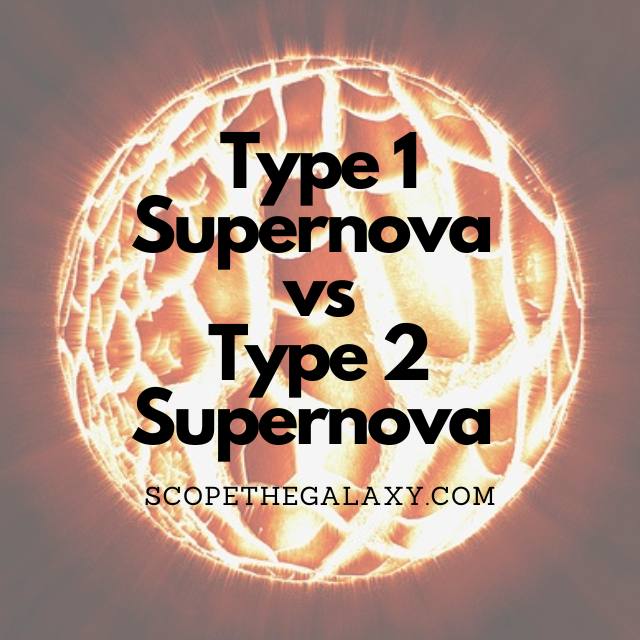What Is A Kellner Eyepiece? (Explained!)
The Kellner eyepiece was designed in 1849 and has been a mainstay in the optics market ever since. It is considered to be the best of the beginner lenses. If you’re new to telescopes and want to bring stargazing into your hobby umbrella, you can’t do much better than to start with a Kellner. A … Read more










